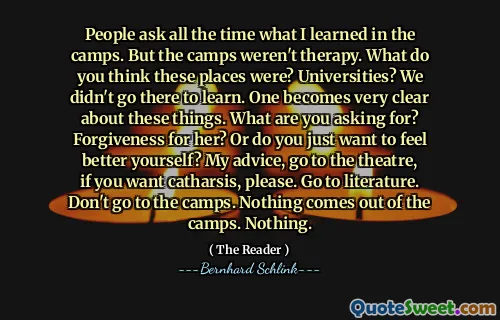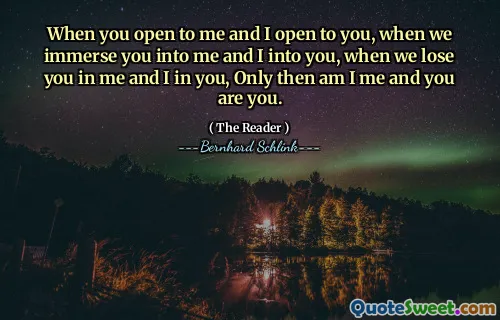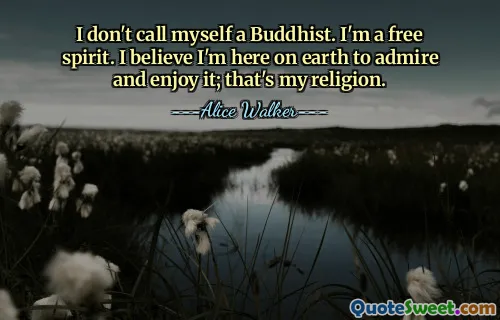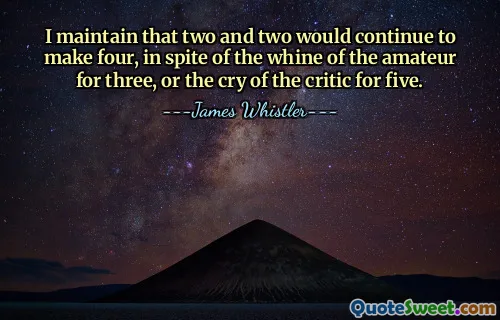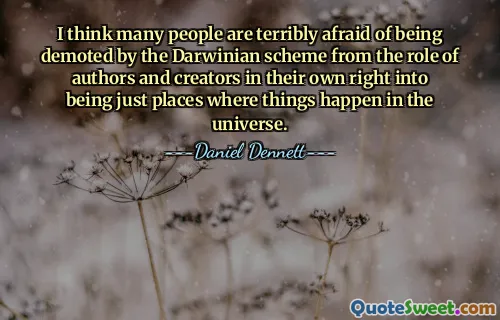
When you open to me and I open to you, when we immerse you into me and I into you, when we lose you in me and I in you, Only then am I me and you are you.
This quote eloquently captures the profound paradox at the heart of intimate relationships: true individuality is discovered through deep connection and mutual vulnerability. The imagery of opening, immersing, and losing oneself underscores the transformative power of love and trust. It suggests that identity is not a static or isolated construct but is instead deeply tied to our ability to connect with others. The act of opening up to another person, of entering their world and inviting them into ours, is not a loss of self but a necessary condition for authentic selfhood to emerge. Only through this dynamic interplay—where boundaries soften and two individuals intertwine without losing their uniqueness—can we truly understand and affirm who we are. This concept challenges the common fear of intimacy, which often stems from the concern that closeness will lead to a loss of independence or identity. Instead, it asserts that real selfhood is impossible without the experience of relational depth. The quote also highlights a sense of reciprocity and equality in relationships by using parallel structures ("you to me and me to you"), emphasizing that this mutual openness must be a shared act. The final line profoundly sums up this dialectic: "Only then am I me and you are you." This suggests that selfhood flourishes not in isolation but in our capacity to connect, to surrender and reclaim ourselves continually through our relationships. This insight resonates deeply with themes often explored in Bernhard Schlink's "The Reader," where the complexities of human connection and identity are pivotal. In essence, the quote is a poetic meditation on the beauty and necessity of vulnerability, trust, and mutual recognition in forging our true selves.
